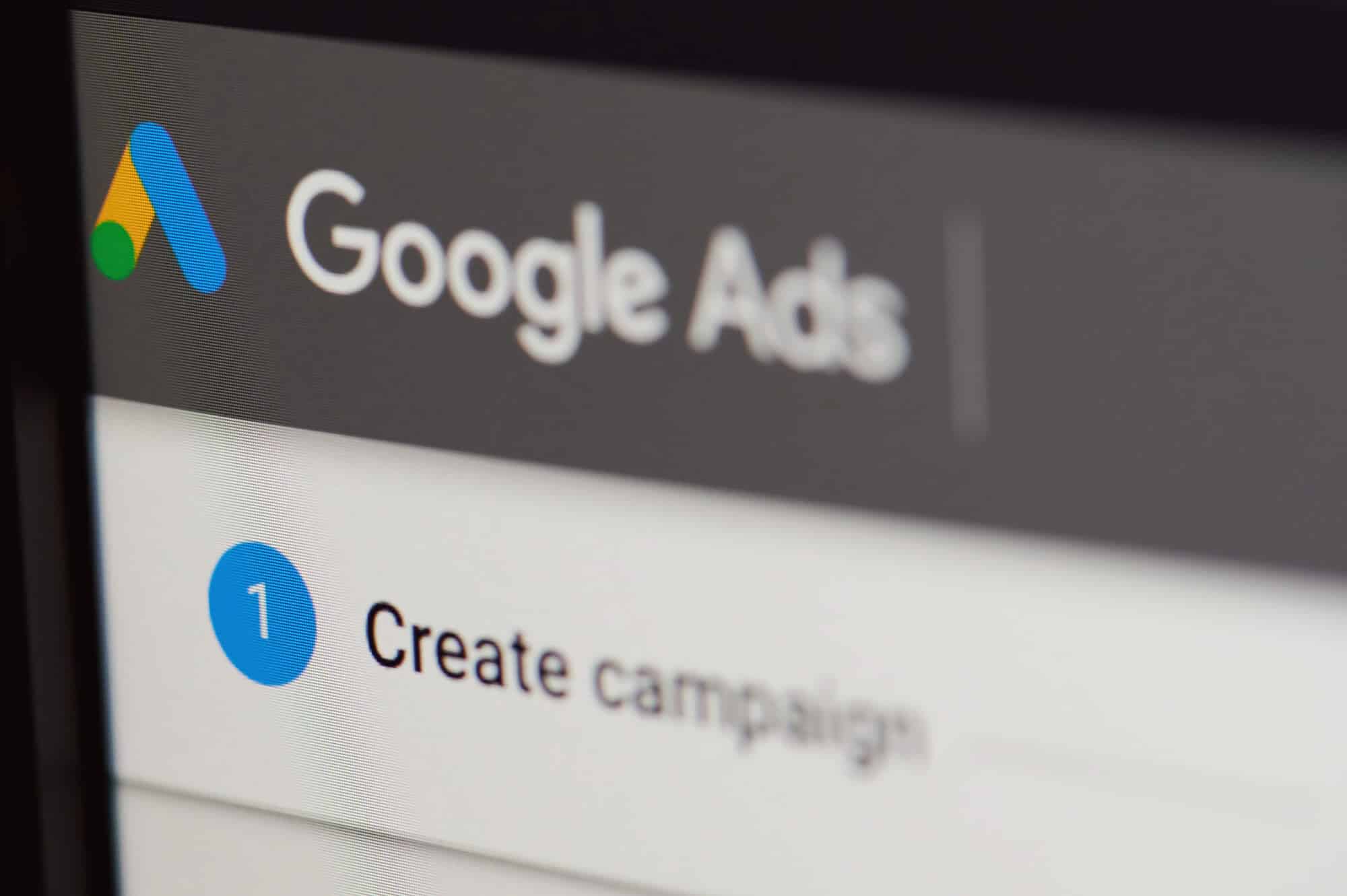
The world of advertising has always been about creating compelling content that resonates with the target audience. In recent years, the rise of artificial intelligence (AI) has transformed the way businesses approach their advertising strategies. One area where AI has made a significant impact is in the field of copywriting for Google Ads.
At Webmonster, we harness the power of AI to craft dynamic and engaging copy for your Google Ads campaigns. Say goodbye to writer’s block and hello to high-converting ad copy tailored to your audience’s preferences.
Contact us today and see the difference Webmonster can make for your business in Hot Springs and Little Rock!
AI has transformed digital advertising. It started with simple ad placements. Now, it crafts compelling copy. This shift is significant.
The evolution of copywriting in ads is marked by automation’s rise. Initially, marketers wrote each ad manually. They based their work on experience and guesswork. Today, AI analyzes data to produce effective ads quickly.
Automation makes ad creation easier and more efficient. It uses insights from vast data sources to tailor content. This ensures relevance to the audience’s intent.
For example, if a landing page sells eco-friendly water bottles, AI can generate ads highlighting benefits that resonate with environmentally conscious consumers.
Here are some key impacts of this shift:
Moreover, competition in digital marketing intensifies as businesses adopt AI-driven strategies for Google Ads.

Ad copy also shapes how consumers see a brand. It can create a positive image and trust. This makes it easier to turn viewers into buyers, optimizing conversion rates.
To be effective, a copy should be concise, clear, and tailored to the target audience. It should emphasize the unique selling points of the product or service and include a clear call to action.
With the rise of artificial intelligence (AI), marketers have been exploring new ways to improve their advertising strategies. One of the most exciting developments in recent years has been the emergence of AI-driven copywriting tools. These tools use machine learning algorithms to generate high-quality ad copy that is optimized for conversions.
Recent advancements in Natural Language Processing (NLP) have significantly improved the understanding of context and semantics. This means that AI can now generate text that feels more human-like. It understands the nuances of language better.
The ability to reduce errors and awkward phrasing has also seen a notable improvement. These enhancements make AI-driven copywriting tools invaluable for creating Google Ads content.
There are several benefits of using AI-driven copywriting tools.
Generative Pre-trained Transformer (GPT) models are at the forefront of this revolution. They are examples of generative AI changing how we write copy for ads.
Platforms like Persado, AdZiz, and Copy.ai stand out among various tools available today.
Comparing features across these platforms reveals a diverse range of capabilities tailored to different needs within copywriters’ workflows.
AI-driven copywriting is a cutting-edge technology that has revolutionized the way businesses create ad copy. Here’s how it works:
AI-driven copywriting starts with data collection. Big data plays a crucial role here. It informs the content strategy by providing insights into trends and behaviors. AI tools analyze this data to understand audience preferences.
The use of analytics is vital. It helps in comprehending how audiences interact with ads. This understanding leads to better targeting and personalization.

To generate ad copy, the AI software uses natural language processing (NLP) algorithms that can understand and interpret human language. This allows the software to create ad copy that is not only grammatically correct but also contextually relevant and persuasive.
After the ad copy has been generated, the AI software tests it to determine its effectiveness. This testing involves running multiple versions of the ad copy and analyzing the results to see which version performs best.
Based on the results of the testing, the AI software optimizes the ad copy to further improve its effectiveness. This optimization process involves tweaking the ad copy to increase its appeal, relevance, and persuasiveness, prioritizing conversions, and maximizing ROI.
In the ongoing debate of AI-Driven Copywriting versus Human Copywriting, each approach offers distinct advantages and strengths. Let’s explore the benefits of these two methods.
AI-driven copywriting offers several advantages.
Human copywriters bring a unique set of strengths to the table.
Combining AI tools with human creativity needs careful planning. Successful companies use a mix of both, where AI creates a first draft and humans add detail and style.
Case studies show this blend enhances productivity without sacrificing quality or relevance. Deciding when to use AI versus humans depends on the project’s goals, complexity, and timeline requirements.
To stay ahead in the dynamic landscape of digital advertising, embracing AI-driven copywriting tools while nurturing human creativity is essential. Businesses and marketers need to keep exploring this changing landscape to make the most of its benefits.
Let’s embark on this journey together with Webmonster, combining technology and human insight to shape the future of advertising. Dive deeper into AI-driven solutions and redefine your marketing strategy today. Give us a call now!
Yes, advanced AI algorithms can analyze vast amounts of data, including user interactions and sentiments, to understand human emotions and preferences. This enables AI-driven copywriting to create more emotionally resonant and personalized ad content that connects with the target audience.
Advertisers can provide guidelines and input to the AI algorithms, ensuring that the generated copy aligns with the brand’s voice and values. Regular monitoring and adjustments can also be made to maintain consistency and authenticity in the ad messaging.
Yes, AI-driven copywriting can be customized for various businesses and industries. However, the effectiveness may vary based on factors like the complexity of the product or service, the target audience, and the competitive landscape. Advertisers should tailor AI solutions to meet the specific needs of their business.
Businesses can start by exploring AI-driven advertising platforms, working with AI specialists, or leveraging tools provided by Google Ads. It’s essential to set clear objectives, provide initial input to the algorithms, and continually monitor and refine the AI-generated content for optimal results.